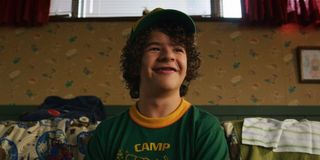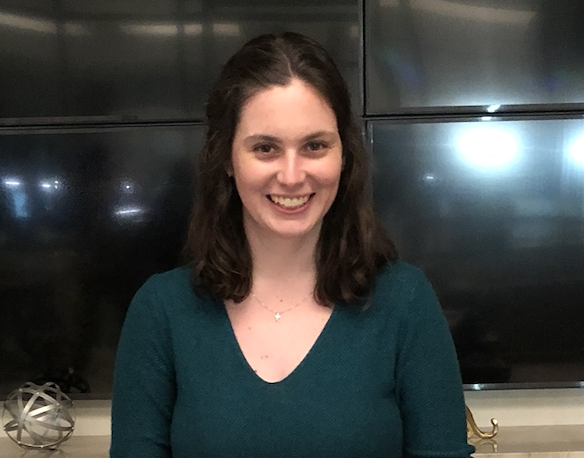Stranger Things Season 3 Features A Pretty Specific Science Error

Spoilers ahead for Stranger Things Season 3 on Netflix.
Stranger Things has been packed with monsters and superpowers from the very beginning, so most fans presumably aren't going in expecting it to be a documentary on the science community in the 1980s. Still, the show has used some real-life science (or at least real theories) to ground some of its... well, strange things. After watching the third season, though, scientists caught a pretty specific error in the show's presentation of quantum physics.
Oddly enough, the error was one that could have been easily avoided as well as one in which the science wasn't the most memorable part of the scene. Fans will certainly remember Dustin's frantic call to his 100% not-made-up girlfriend Suzie so she could save the day by sharing Planck's constant to get Hopper and Joyce in to destroy the machine, which took a musical turn when Suzie demanded that he duet the "NeverEnding Story" theme with her before she shared the numbers.
The numbers Suzie gave for Planck's constant worked to get Hopper and Joyce through the door, but they were numbers that Suzie shouldn't have had circa 1985. What was wrong with the Stranger Things Season 3 version of Planck's constant? I'll let the National Institute of Standards and Technology explain:
While one would think that a set of numbers would be pretty easy to get right for such a high-profile show -- although this is the same year that saw Game of Thrones feature both a coffee cup and a plastic water bottle in its season -- I don't really hold it against Stranger Things.
I'm guessing the episode wasn't written by any quantum physicists, and a very limited number of people would have ever noticed that the numbers were off for 1985. In fact, without social media, would anybody other than a handful of scientists have ever caught the gaffe?
How Stranger Things' Hilarious Season 3 Musical Scene And Iconic Opening Theme Came Together
CINEMABLEND NEWSLETTER
Your Daily Blend of Entertainment News
According to a statement from managing editor of NIST's public affairs office Ben Stein, the scientists at the institute didn't really hold the mistake against Stranger Things either. Here's how he put it to Yahoo Lifestyle:
A bunch of us finished the third season and we’re delighted that it used the Planck constant as a plot element. We listened to the value used in the show and realized it was actually the 2014 recommended value, not the one that would be available in 1985.
While scientists did catch the mistake, they were still "delighted" that Planck's constant was part of Stranger Things Season 3. Honestly, it's probably safe to say that a lot of people who'd never even heard of Planck's constant before July, 4 2019 are at least aware that such a thing exists now.
Will they remember it for the numbers or because Dustin and Suzie started belting "NeverEnding Story" in the middle of a crisis? Well, probably not the numbers. Then again, considering how many people have reportedly already watched Stranger Things Season 3, maybe some will remember it for the science as well as the song!
If a Stranger Things/Chernobyl crossover happens in Season 4 -- which honestly isn't as wild a theory as it could be -- then maybe the Planck's constant science mishap may be negligible in comparison. Somehow I doubt Stranger Things would be overly devoted to the real-life facts of Chernobyl! Besides, the Plank's constant mistake wasn't even the only one in Season 3.
You can find all three seasons of Stranger Things streaming on Netflix now, and hopefully news about Season 4 will release sooner rather than later.

Laura turned a lifelong love of television into a valid reason to write and think about TV on a daily basis. She's not a doctor, lawyer, or detective, but watches a lot of them in primetime. CinemaBlend's resident expert and interviewer for One Chicago, the galaxy far, far away, and a variety of other primetime television. Will not time travel and can cite multiple TV shows to explain why. She does, however, want to believe that she can sneak references to The X-Files into daily conversation (and author bios).
Most Popular






